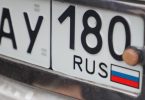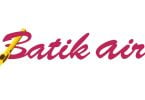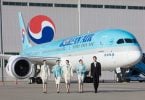Hard-pressed airlines have been handed the perfect Christmas present: permission to fly twin-jet aircraft over the North Pole, saving millions on fuel costs, opening up new destinations, and reducing damage to the environment.
The easing of rules about how close twin-jets must keep to diversion airports means faster, cheaper, and cleaner flights.
Until now, America’s aviation regulators have insisted that the nearest suitable place to land must be no more than three hours away. That has now been extended to five-and-a-half hours – so long as the airline meets a series of criteria, from additional equipment to special training.
As a result, Boeing 777 and 787 “Dreamliner” twin jets will be able to fly almost anywhere in the world. A patch of territory in Antarctica remains inaccessible. But “Santa’s short-cut,” as the route has been called, gives a green light to flights from Britain straight across the North Pole to Pacific islands that are currently off the route map.
Sir Richard Branson, President of Virgin Atlantic, told The Independent: “This new development really does open up a whole new world and will allow us to take our Dreamliners to more exciting and exotic places. Our new fleet of 787s could well be flying to Honolulu or even Fiji one day.”
Fiji straddles the 180-degree line of latitude, and the most direct track passes directly over the North Pole – though because of the distance, over 10,000 miles, the payload would need to be restricted. The new policy could also make non-stop routes to Tahiti in the South Pacific and Anchorage in Alaska viable.






















